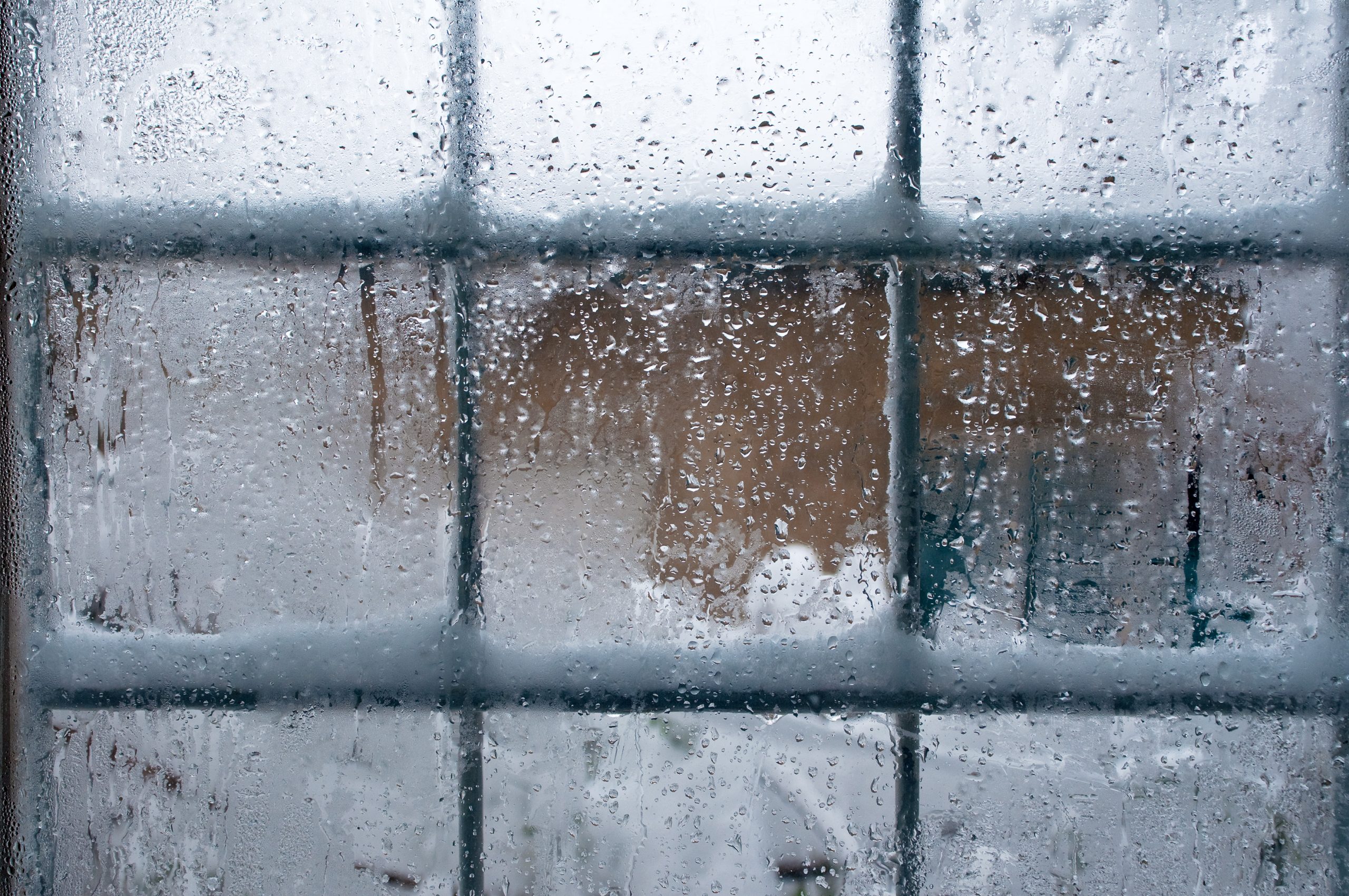Many homeowners consider replacing windows when cold winter winds howl and the first season’s heating bill shows up. Energy efficiency is vital for windows in new and older homes. You can expect up to a 30% impact on your Madison WI area home’s energy cost attribute to your windows. That’s true summer and winter. It can be a positive impact or a negative. – new windows vs. old.

In addition to saving a few dollars on each month’s heating/cooling bill – don’t expect new windows to provide windfall savings all at once – replacing windows impacts a home remodel, too. When you’re renovating a room adding windows or replacing existing windows adds character. When you’re upgrading siding, replacement windows contribute to curb appeal at the same time.
When windows are old or in poor condition deciding to upgrade is easier. Replacement windows make your home more comfortable all year-around. You have two ways to make things better:
- Update and/or repair existing windows
- Replace your home’s windows
Explore Air Leaks Before Replacing Windows
If your windows appear to be in good condition – no cracks or gaps around the frames, for example – you can improve performance without replacing windows. The first step is to check for air leaks. Your windows may or may not be responsible. Make a visual inspection both inside and outside. On the outside look for air leak source that can include:
- Gaps in siding – especially around windows, at the corners and under the eaves.
- Opening around outdoor water faucets and where utilities enter the building.
- Around chimneys and exhaust vents
- Areas where the foundation and brick, stone or siding meet.
Inside your home check out these potential spots where air leaks in/out:
- A prime leaking spot is around electrical outlet and switch plates.
- Around the frames of exterior doors and windows (including door to the garage or a porch.
- Fireplace flues and vents.
- Attic hatches in the ceiling.
- Wall- or window-mounted air conditioners.
- Dryer and exhaust fan vents.
Always give caulking and weather stripping a close look inside and out.
If you find air leaking in any of these areas, take the necessary steps to block it. Spending a little time now to fix small leaks saves money every month and takes replacement windows off the to-do list for a while.
Choices Before Window Replacement
When you find too many little things to fix or your home is seriously inefficient it’s time to replace all or several windows. That leads to another series of decisions to make. There’s no “one size fits all” (or even most) when it comes to replacing windows. Here are the first choices you have to make:
- What kind of frame – the same as you have now or something different?
- The glass (glazing) type, how many panes of glass.
- Fills and spacers – gas between the frames, etc.
- How they open/close.
When energy efficiency is your top concern, look for two labels on whatever windows you’re considering:

- Energy Star rating
- National Fenestration Rating Council (NFRC) energy performance rating label
Both these help rank windows based on their efficiency in heat and cold. Additional energy-related considerations include:
- Using gas-filled windows with Low-E glass – options in Wisconsin work well to reduce heat loss in winter and heat gain in summer.
- Choose a window with a low “U Factor” for better performance in Wisconsin winters. The U Factor is how glass conducts heat – the lower the value the better in cold air.
- Select windows with a low solar heat gain coifficient (SHGC) – it measures heat gain in warm weather.
Look for windows with both low U factors and a low SHGC for maximum savings in the Madison area.
Another tip: some window-makers report “center of glass” U factors and SHGC ratings, look for window stickers that show whole-unit numbers, they’re more accurate.
Replacement Window Frames – Looks Plus Performance
While glass and framing is critical to window performance, the material forming each frame makes a difference, too. In an older home you may have windows framed in aluminum, steel, fiberglass, wood or vinyl. In many cases windows frames are of wood covered (clad) in metal or vinyl. The two most popular framing materials in the 21st century are vinyl and wood.
Vinyl Window Frames —
Vinyl windows and vinyl-clad windows are the most in-demand for both new construction and replacements. Most include a UV stabilizer to protect the vinyl from breaking down when exposed to the sun. Vinyl frames are virtually maintenance-free, require no painting and resist moisture. Vinyl cladding may surround foam insulation of wooden frames. Available in most popular sizes, shapes and operating styles.
Wooden Window Frames —
Wood is an excellent insulator so wooden frames have been a top choice for decades. Wooden frames require regular maintenance and don’t stand up to sunshine and the weather as well as other options. Metal-clad wooden frames aren’t as energy-efficient as vinyl-clad or wood alone.
Aluminum Window Frames —
Metal frames are strong and lightweight. They are maintenance-free. But because metal conducts heat quickly they are poor insulators. Best choice combines added insulation or uses metal to surround insulators like wood.
How Operation Impacts Air Flow
The way a window opens and closes makes a difference when it comes to the way air flows through and around it. Different styles have different air leak rates. Consider styling before installing replacement windows:
- Awning windows – hinged at the top and opening from the bottom they seal tight against the frame and usually have very low air leak potential.
- Hopper windows – the opposite of an awning they open from the top and are hinged on the bottom. However, they also have low air leak potential.
- Sliding Sashes – the window sash slides horizontally from side to side. Available in both single and double configurations. Each has the potential to have more air leaks than hinged windows.
- Single- and double-hung – considered the standard window design where sashes move up and down. Single-hung versions only move one component while in double-hung both top and bottom move. Because there are several points of contact between sash and frame these have a high potential for air leaks.
- Casement windows – casements are hinged on the side and open outward. Like other windows with full-length hinges they offer less potential for air leaks.
In each case the locking hardware that seals the sashes is a critical element in guarding against air leaks. As windows age and weather stripping and caulking wears the potential for air leaks increases in every style.
Never Undervalue Installation When Replacing Windows
Changing out the windows in your home is never cheap. It’s a decision that isn’t taken lightly. But, you’re investing in your family’s welfare and comfort so cutting corners is never a good thing, right?
Are you convinced your windows are at the root of high energy bills? Give the house a quick inspection and weigh the amount of money spent for heating and cooling in the last year. What do you project to spend in the months ahead? Keep in mind that replacing all your windows right now won’t generate hundreds of dollars in savings immediately. Poor efficiency is a nickels and dimes drain on your energy bills. Improving performance lessons the impact on bills a little at a time, too.
When you decide it’s time for new windows, don’t wait. Winter is a great time to replace existing windows – as long as it’s done by a contractor who understands the demands of local weather and the physics of temperature change in building materials. There’s more science to winter replacement than you think.
Sims Exteriors & Remodeling has been installing vinyl and wooden frame windows in the Madison area year-in and year-out for years. No company in the area matches crews’ training and experience. Our organization stands behind its workmanship and delivers the professional results you expect. On top of our local commitment, our supplies have the best warranties in the business. When you’re committing to a major investment, any time of year, you want service from a company you can trust, right? When new windows are in your future, email us or give us a call at 608-825-4500. Sims Exteriors & Remodeling is a recognized leader for reliable, long-lasting window products. We’re ready when replacing windows is the best option for your Madison WI area home.

